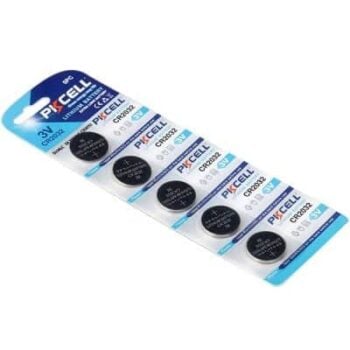IR Detector Ve735 – 20 meter angle or 60 meter long beam
🟢 Leverans normalt 2–4 dagar
PIR detector with 20 meter angle or 60 meter long-range coverage.
Patented pyroelement and DSP algorithms for multi-dimensional detection and high security.
Item number: 6332618
2055,00 kr
IR Detector Ve735 – 20 meter angle or 60 meter long beam
The VE735 IR Detector is an advanced PIR detector that offers 20 meters of angle or 60 meters of long-range coverage.
Equipped with a patented pyroelement and DSP algorithms, the VE735 provides a multi-dimensional signal image that not only identifies the presence of a heat source, but also determines its direction.
This unique design provides a significant improvement in PIR detection technology.
The VE735's detection is based on a multidimensional signal from the pyroelement, which allows it to distinguish between different types of heat sources, including static sources that do not generate alarms.
Thanks to the DSP algorithms, the VE735 can filter out signals from static thermal sources and only alert for movement patterns that indicate a potential intruder.
This means high security and accurate detection without false alarms.
To further improve detection, the VE735 uses High Density Optics (HDO) mirror technology. HDO provides more and wider curtains without having to increase the size of the mirror.
With a 90-degree mirror and 11 curtains, it can create effective and comprehensive protection.
This makes the VE735 an optimal solution for ensuring high safety in both angle and long-beam applications.
Features and Benefits:
-
20 meter angle or 60 meter long beam coverage for flexible installation
-
Patented pyroelement for multi-dimensional detection and precise aiming
-
DSP algorithms to filter out interference from static thermal sources
-
High security with filtering only movement patterns from potential intruders
-
HDO mirror optics for more and wider curtains without increasing mirror size
-
90 degree mirror and 11 curtains for efficient and accurate detection
Technical specifications:
-
Coverage: 20 meters angle or 60 meters long beam
-
Coverage: 90 degrees with 11 curtains
-
Technology: Patented pyroelement and DSP detection
-
HDO mirror optics for maximum coverage
-
Power supply: 9 – 15 VDC
-
Current consumption: 10 mA
-
Dimensions: Standard dimensions for PIR detectors
| Brand/Make | |
|---|---|
| Motion detectors | Long beam + Wide angle, IR detectors |
Related products
-
Motion detectors
Optex CDX-DAM-X5 PIR/Microwave detector 15 meters Anti-mask
Varumärke: OptexThe Optex CDX-DAM is an advanced PIR/microwave detector with active IR anti-masking, designed for high security environments and approved according to SBSC Alarm Class 3.
It offers flexible detection with adjustable range and combines PIR and microwave technology to minimize false alarms.
SKU: OPT-CDX-DAM1158,00 kr










